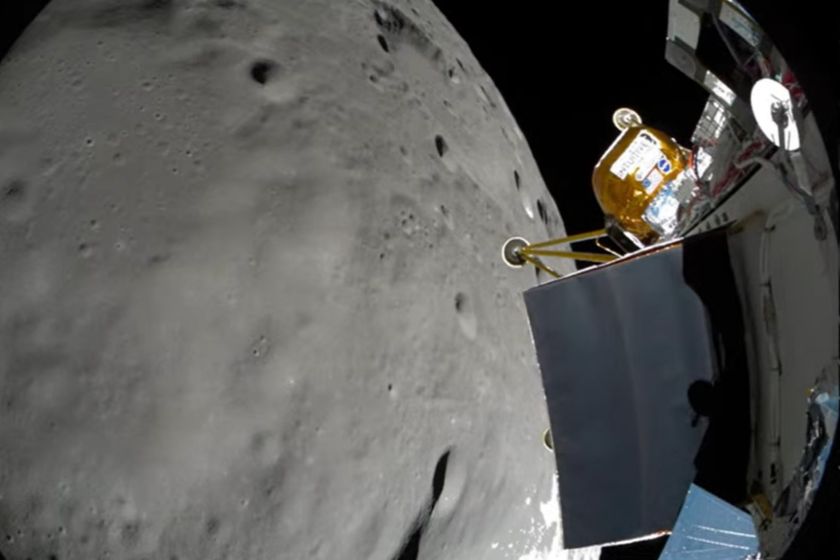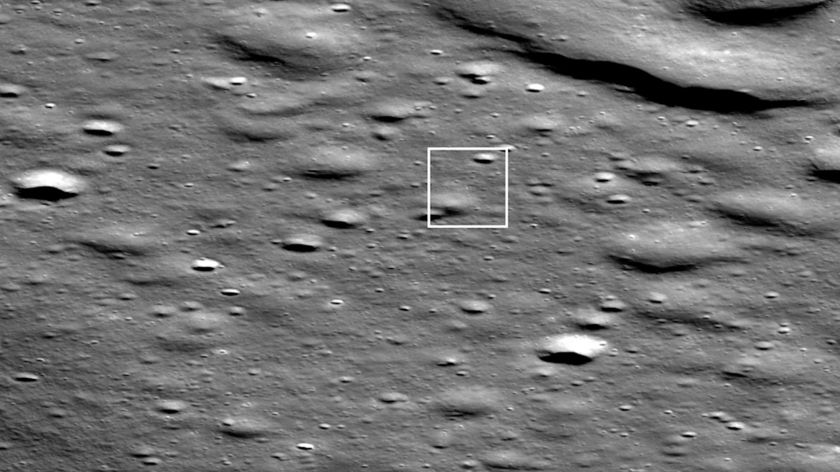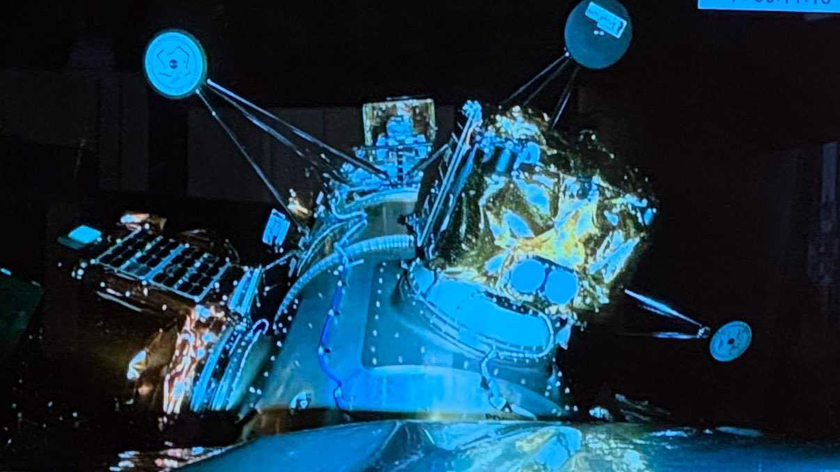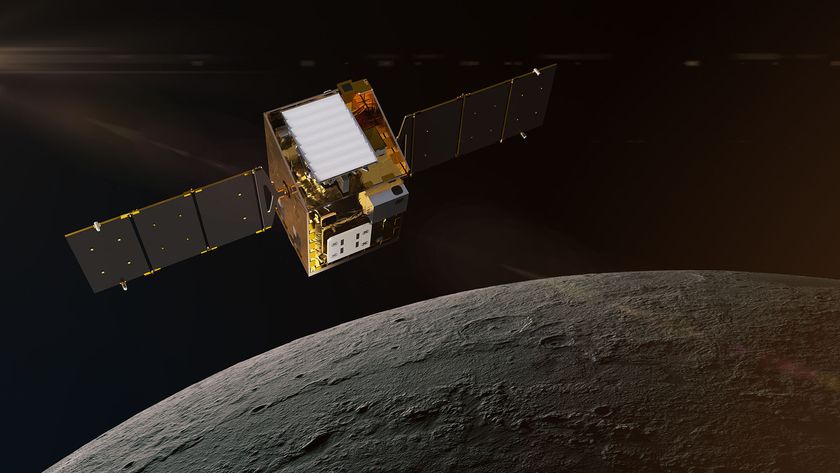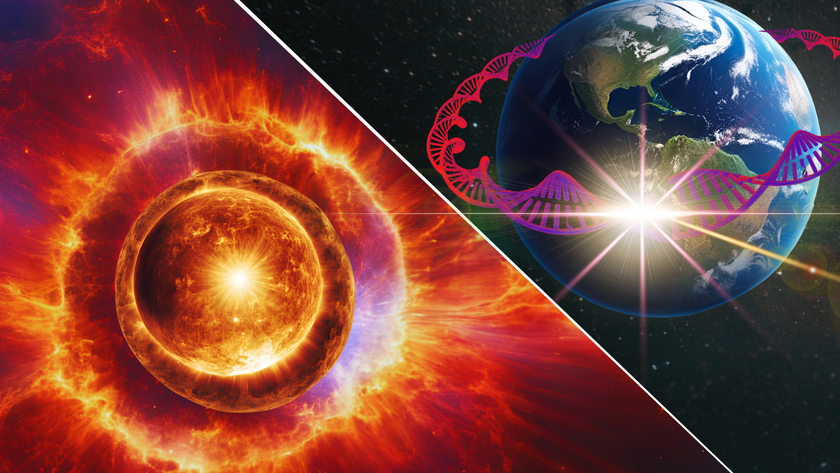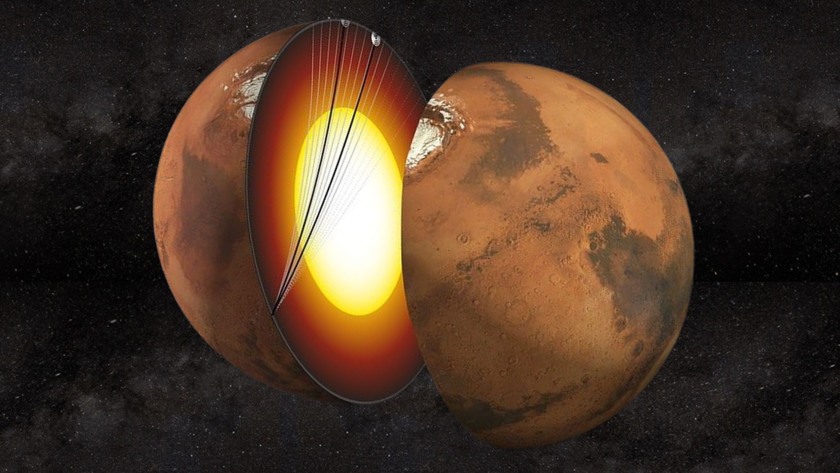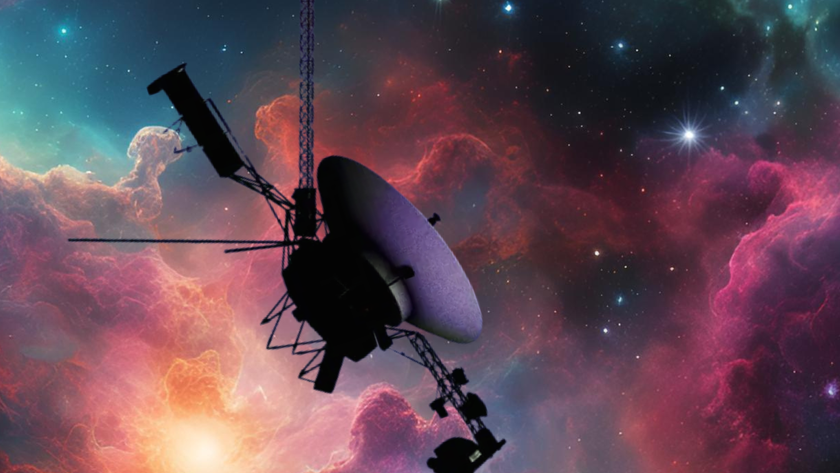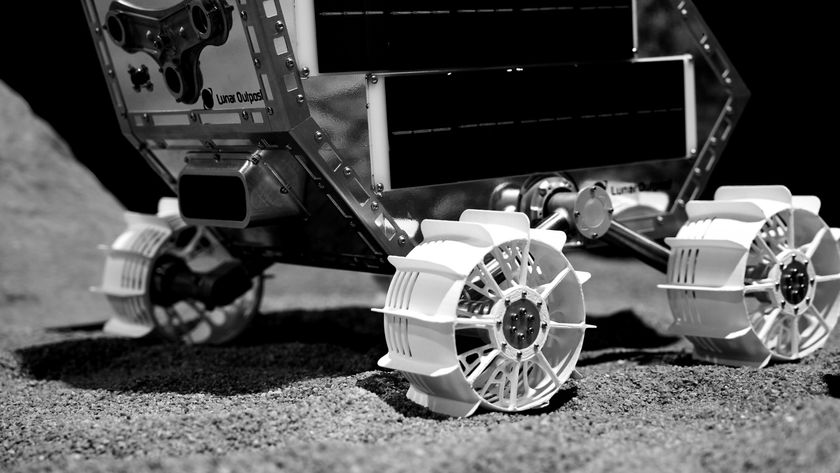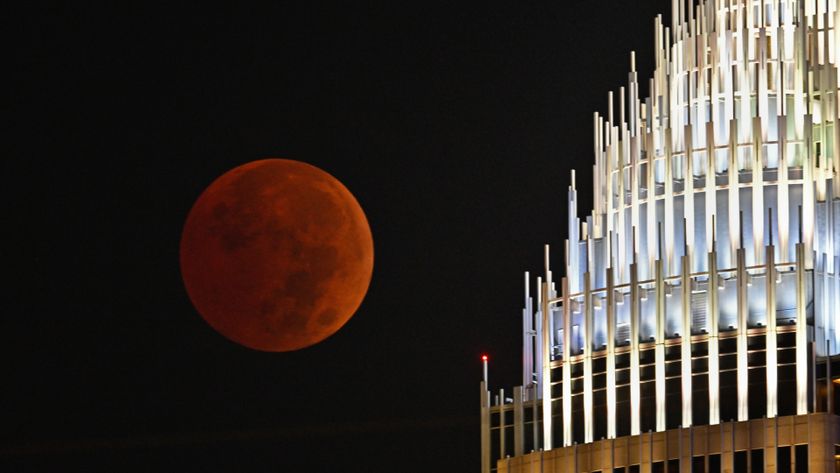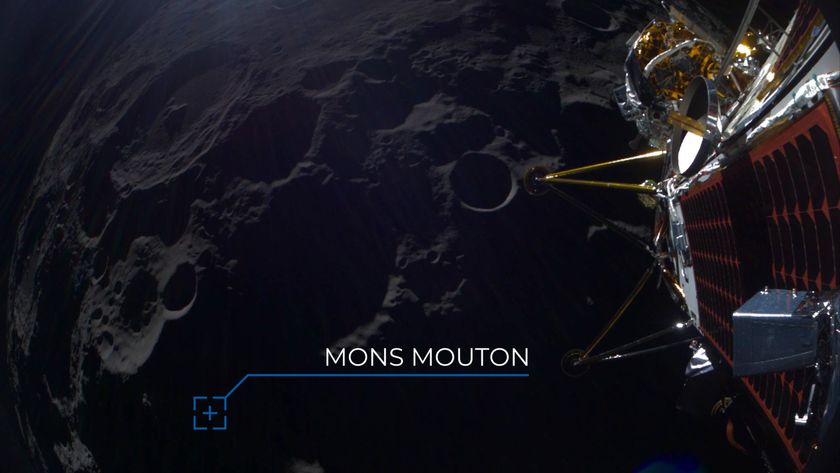'Houston, We Have a Restored Moon Rocket'
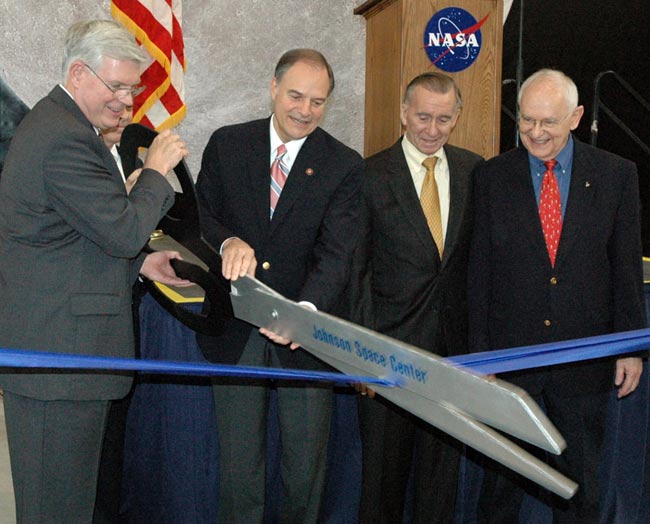
Withmanagers, moonwalkers and the media watching, NASA's Johnson Space Center opened Friday a facility designed to protect and display the last remaining363-foot Saturn V rocket to be assembled from parts once capable of launchingastronauts to the Moon.
"Ithink there is no more appropriate time to celebrate this historic spacecraftthan on July 20, which is the 38th anniversary of the first footprints on theMoon," said Mike Coats, the director of Johnson Space Center and a former shuttle astronaut, in his welcoming remarks.
Togetherwith Congressman Nick Lampson, Coats used an oversized pair of scissors to cutthe opening ribbon.
"Ithink this is a magnificent national treasure that will stand here now for anawfully long time to come. I am proud to have played a little bit of a part inhelping get it started," said Lampson.
The SaturnV is not new to the space center; in fact, it hasn't moved from where itcurrently rests since its arrival in Houston in 1977. For nearly 30 years, itsat on its side, exposed to the elements, from its parking space opposite themain entrance to JSC.
The passageof time, subjection to Houston humidity and the infiltration of local flora andfauna were not kind to the rocket, degrading it to the point of nearly beingdestroyed.
"Itwould be a real shame if no Saturn V survived and future generations had torely on documents, films and motion pictures to appreciate the effort andachievements that was Apollo," said Allan Needell, who led the effort to"Save the Saturn" for the Smithsonian's National Air and Space Museum.
Get the Space.com Newsletter
Breaking space news, the latest updates on rocket launches, skywatching events and more!
"Inour view, it represents or symbolizes the enormous Apollo achievement perhapsbetter than any other object in the national collection," said Needell.
The Smithsonian,which owns the Saturn V and loans it back to NASA for display, beganfundraising in 1999 for the rocket's restoration. Half of the $2.5 millionrequired for preservation of the rocket came from a matching grant from theSave America's Treasures Program operated by the White House, National ParkService and the National Trust for Historic Preservation. The remaining fundswere raised through donations from Boeing, Lockheed Martin, Houston Endowment,Halliburton and other organizations.
ConservationSolutions, Inc. was hired by the National Air and Space Museum to conduct therestoration, which began in March 2004 and took two years tocomplete. In addition to repairing the damage, the company returned theSaturn V to its original appearance, including restoring the rocket's originalmarkings down to the smallest decal.
"Thisis the one in which we decided to do a historic preservation. So not only thefinal product, but literally every square inch of it was photographed anddocumented as a part of the process," Needell explained to collectSPACE."So what we have is the best surviving example of Saturn V hardware thatthere is."
CSI alsoerected a climate-controlled building to protect and exhibit the rocket. The"temporary" facility, designed to stand for 10 years, shields theSaturn V from weather and the environment, while permitting visitors to tourthe massive booster. NASA's exhibits department added turf under the rocket, apaved walkway, banners and displays to enhance the tourists' experience.
"It'svery good to show people what we did. You know all these things on the wallthat say what everyone did during the Apollo program, I think it's veryimportant to do that. It's how you get kids turned on to science andengineering," astronaut John Young told collectSPACE. Young is one of onlythree astronauts to have launched on a Saturn V twice, including once to walkon the Moon.
ThirteenSaturn V rockets were launched between 1967 and 1973. Nine of those boosterstook astronauts to the Moon; six of them to a landing on the lunar surface. Thelast Saturn V to leave Earth lofted the United States' first space station,Skylab.
To date,the Saturn V remains the most powerful rocket ever built. NASA's current plansfor returning to the Moon include the construction of the Ares V rocket, whichin addition to sharing a similar name, wouldstand as tall, if not taller than its predecessor and exceed its capability.
"It'sa great challenge to try to do what these guys did, do it with moderntechnology, do it for a lot less money then they did it for, frankly,"said Jeff Hanley, who is leading NASA's Constellation Program, to collectSPACE."I think today's generation, what I'm finding, is a lot more ready for thechallenge than maybe they would give themselves certain credit for."
Twocomplete Saturn V rockets remained after the Apollo Program ended and NASA madethe change to launching reusable space shuttles. Stages from both were used forJSC's display. Other flight stages were placed on exhibit by themselves andused to create a similar display at the Kennedy Space Center in Florida, in addition to replicas. A third Saturn V, also recently restored by CSI, residesin Huntsville, Alabama. Built to test the rocket with support facilities, Huntsville's Saturn V was never to fly in space.
"Thisis a future historical artifact for people from the 25th century to look backand say 'With the incredibly crude science of the 20th century, how did theymanage to go the Moon?'" Skylab astronaut Joseph Kerwin said with a smile.
Johnson Space Center's Saturn V opens to the public atno charge beginning this weekend. The facility will remain open daily from 9:00a.m. to 6:00 p.m.
collectSPACEfollowed the restoration of JSC's Saturn V with a series photo galleriesdocumenting the work. View our 2004-2006 reports here: Full Coverage: JSCSaturn V
Copyright 2007 collectSPACE.com. All rights reserved.

Join our Space Forums to keep talking space on the latest missions, night sky and more! And if you have a news tip, correction or comment, let us know at: community@space.com.

Robert Pearlman is a space historian, journalist and the founder and editor of collectSPACE.com, a daily news publication and community devoted to space history with a particular focus on how and where space exploration intersects with pop culture. Pearlman is also a contributing writer for Space.com and co-author of "Space Stations: The Art, Science, and Reality of Working in Space” published by Smithsonian Books in 2018.In 2009, he was inducted into the U.S. Space Camp Hall of Fame in Huntsville, Alabama. In 2021, he was honored by the American Astronautical Society with the Ordway Award for Sustained Excellence in Spaceflight History. In 2023, the National Space Club Florida Committee recognized Pearlman with the Kolcum News and Communications Award for excellence in telling the space story along the Space Coast and throughout the world.
